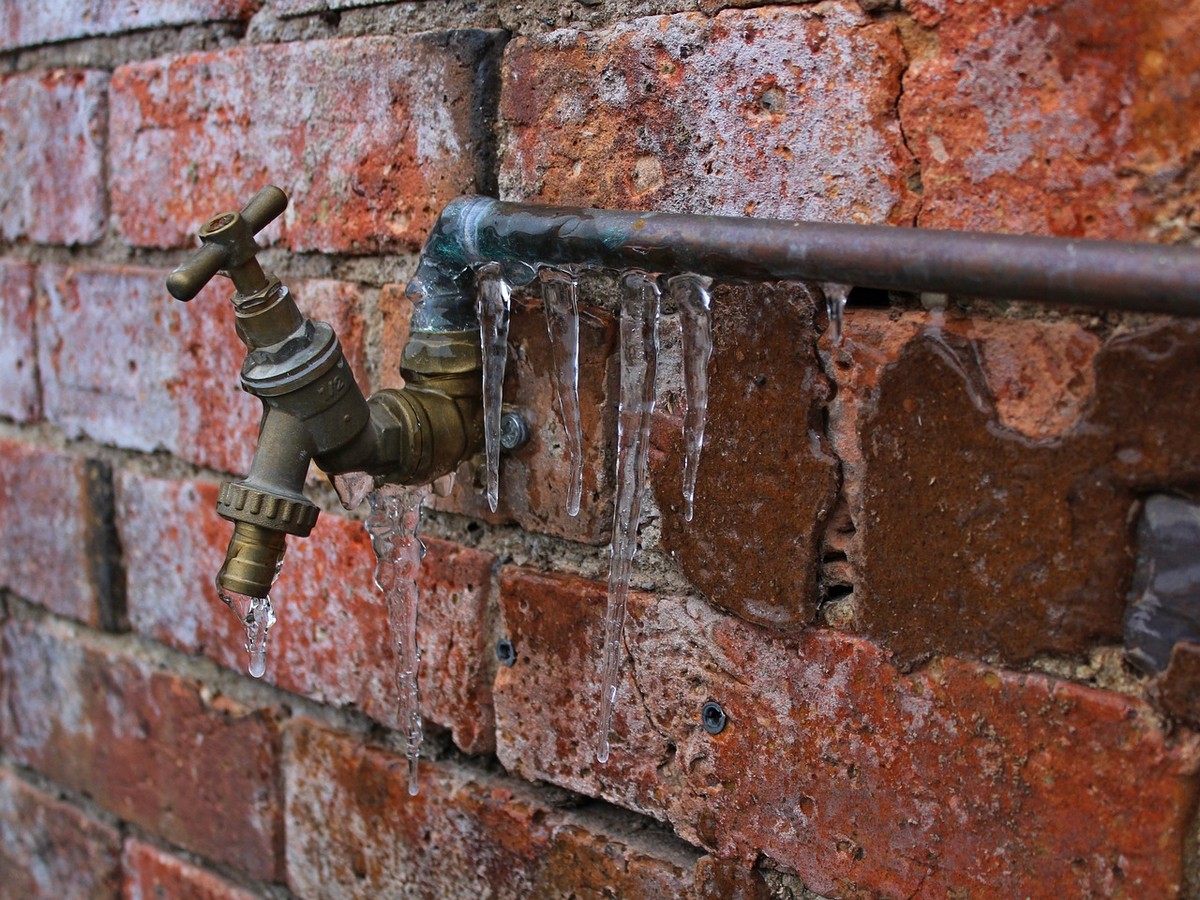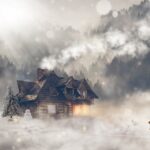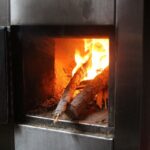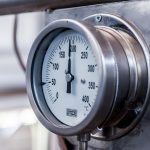How to winterize and protect your plumbing and heating for the cold season, Homeowners plumber advice, Property maintenance
How to Winterize and Protect your Plumbing and Heating for the Cold Season
9 January 2024
As cold weather approaches, winterizing your home becomes incredibly important especially for those that live in areas of the country that experience below freezing temperatures.
Freezing temperatures can damage your pipes and make the interior of your home an uncomfortable place to spend time if you don’t plan ahead but taking a few precautions can help you avoid trouble.
Some areas of the country like Seattle you don’t normally think of has having very cold temperatures in the winter. Because of their typically mild winters that is one area of country where many homes and buildings are not properly protected to withstand freezing temperatures. Seattle Plumbers like Hunt’s Services are experts in both plumbing and heating so they know how to keep you warm and your home safe from deep freeze artic blasts that can occur at any time during the winter.
Some of these measures are relatively simple, while others will require professional intervention. There are significant cost savings when addressing these issues early, making it worth the investment. Here’s a look at a few ways you can winterize your plumbing and heating systems this winter.
Tips For Winterizing Your Plumbing
Water expands by about 9% when it freezes, so when water is left in your pipes in cold temperatures, it takes up more space. Eventually, that freezing water can cause your pipes to crack or burst, leaving you with significant expenses and a huge mess to clean up.
The good news is that you can protect your plumbing system before winter arrives. It’s never too late to prevent damage to water pipes and fixtures from freezing both inside and outside your home or business.
You’ll want to start by disconnecting all your hoses and shutting off your outdoor faucets at the source. Turning your faucets on to drain all the excess water is also advisable. Alternatively, you can install some frost-free faucets outside because they have mechanisms that prevent the taps and pipes from freezing.
If you have pipes that run along your exterior walls or under your home in a crawlspace, insulating them or installing heat cables could be an option. Insulation sleeves help keep your pipes warm enough to prevent freezing, while heating cables have a built-in thermostat that activates the heat whenever necessary.
Your irrigation system could be another source of flooding. Blowing all the excess water from your underground pipes is necessary because they could burst during a cold snap, leaving you with considerable damage to deal with in the spring. If they do burst, it is best to contact your local plumber to perform burst pipe repairs on those affected pipes and plumbing.
A sometimes-overlooked tip for winterizing your plumbing involves draining your water heater. Over the years, sediment can build up inside your heater, making it run less efficiently. The result is higher energy expenses when the weather gets cold. By draining and flushing your unit, you can optimize its performance in the winter.
Keeping your home warm in the winter can prevent pipes from freezing. Remember, your pipes will probably run inside your home’s walls, some of which could be on the exterior of the house. By keeping the house warm, you’ll ensure the walls are warm, too.
Opening a few cabinets could be necessary on ultra-cold days, as well. This step allows warm air to circulate in those areas, preventing your plumbing from getting too cold.
The goal is to prevent your pipes and outdoor fixtures from cracking under the pressure freezing water can place on them, and following these tips is a step in the right direction. From there, you’ll enjoy peace of mind all winter long.
Ways to Winterize Your Heating System
Getting your heating system ready for winter is slightly different than winterizing your plumbing because your heater is made for winter. However, there are some things you can do to maximize its efficiency when temperatures drop.
First, you should complete your annual heating system maintenance. This maintenance should include jobs like changing your furnace filters, having your thermostat inspected, checking the gas valve, and cleaning the blower motor.
A professional inspection also ensures you’re aware of any potential issues you could experience in the winter. After all, the last thing you want is a broken furnace on one of the year’s coldest days.
Another step you can take is sealing any drafty areas around your home. Drafts typically enter through fireplaces, attics, windows, and doors, so dealing with these issues before cold weather arrives should be a priority.
Products like weatherstripping, caulk, and spray foam are excellent ways to stop drafts from making your home colder than it should be, so your furnace doesn’t have to work as hard.
You might also want to inspect your heating ducts for leaks in the winter. A small leak in your duct causes warm air to escape, increasing your heating bills and forcing your system to work harder than necessary.
Preparing your furnace for winter is always recommended because you need it to function when temperatures plummet. Having complete confidence in your heating system is vital, and these steps will ensure yours is in good shape.
Get the Help You Need
While you can do some winterizing, such as disconnecting your hoses, on your own, many of these jobs are best left to a professional. Whether you need someone to handle your furnace maintenance or insulate your pipes, an experienced local plumbing or HVAC technician will ensure the tasks are done right. In Seattle, contact Hunt’s Services as the top local plumbing and heating contractor for the Seattle Tacoma area.
Comments on this guide to How to Winterize and Protect Your Plumbing and Heating for the Cold Season article are welcome.
Plumbers Articles
Plumbers Posts
How emergency plumbers stop structural damage
DIY solutions for common plumbing mishaps
How plumbing factors into your new home build
Tips for hiring a commercial plumber
Building Articles
Residential Architecture Articles
Comments / photos for the How to Winterize and Protect Your Plumbing and Heating for the Cold Season page welcome





